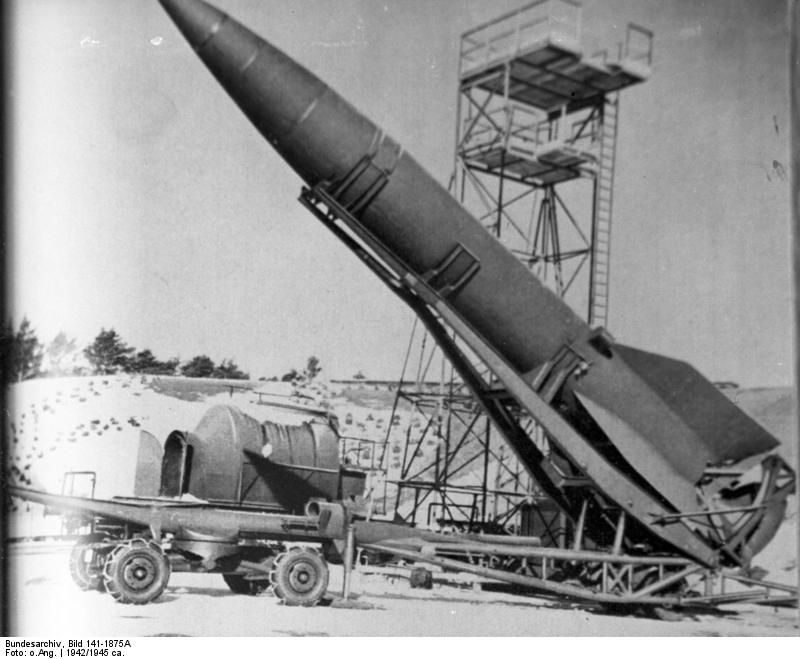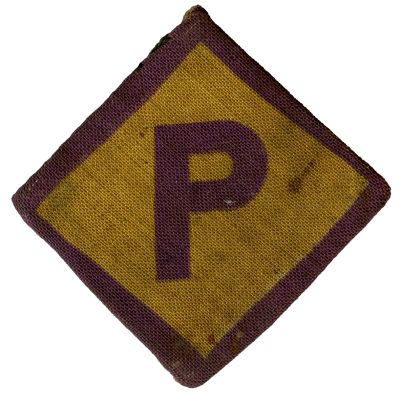Peenemünde: Poles and Hitler’s secret weapon – the V2 rocket
Mediathek Sorted
-
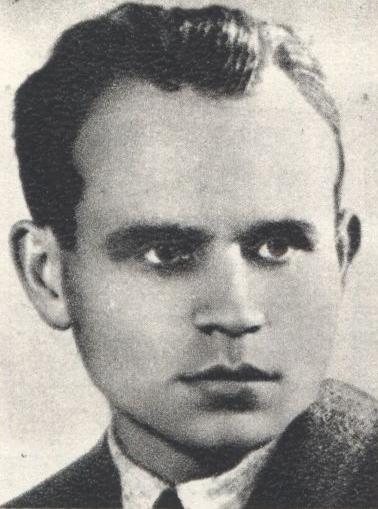
-
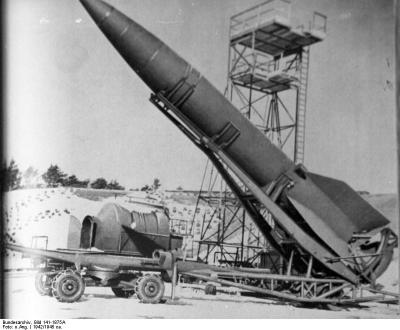
-
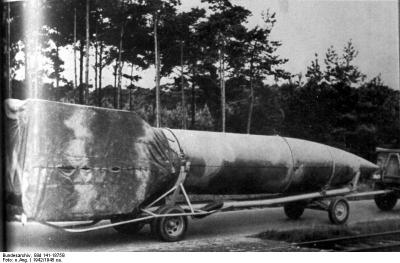
-
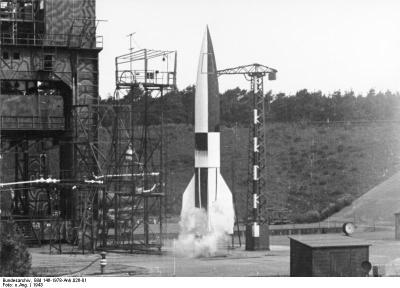
-
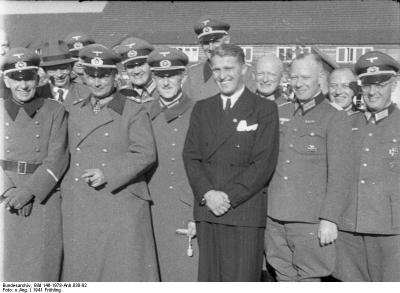
-
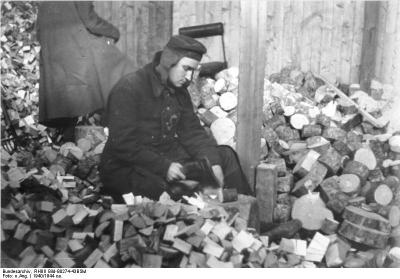
-
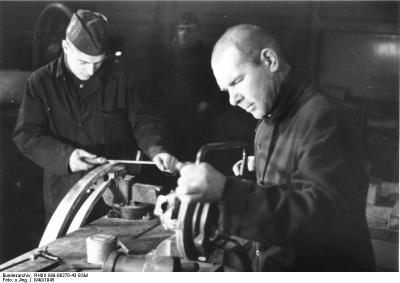
-
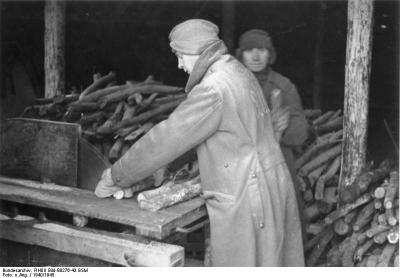
-
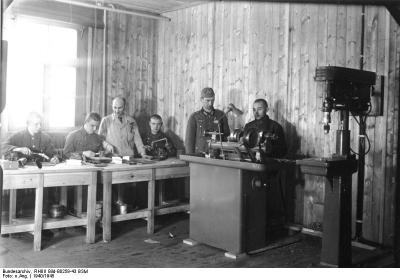
-
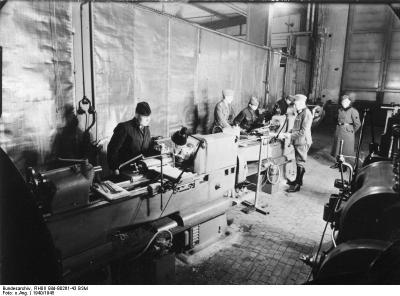
-
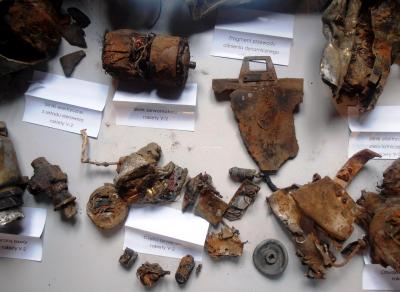
-
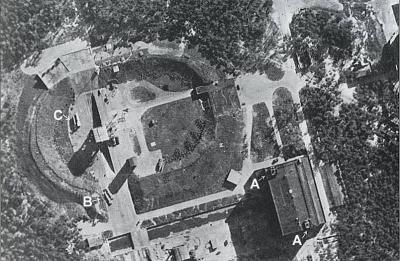
-
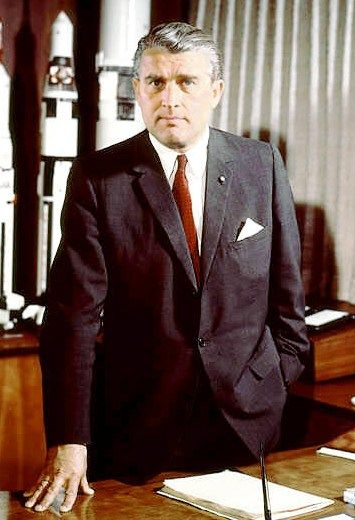
-
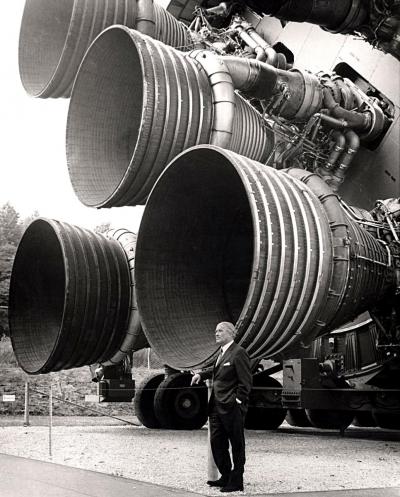
-
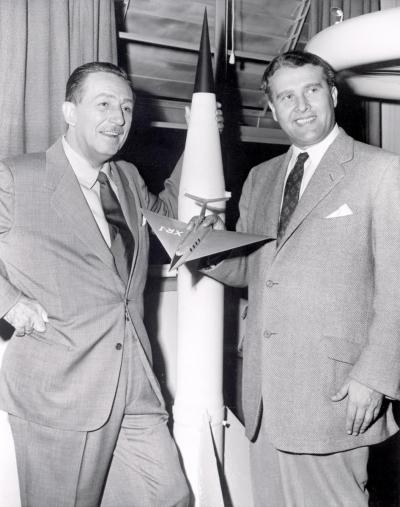
-
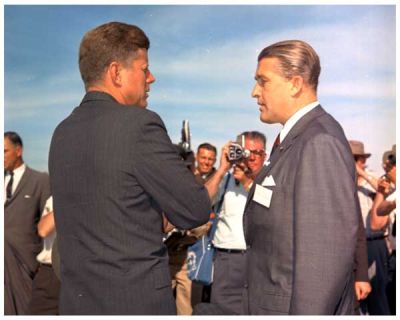
-
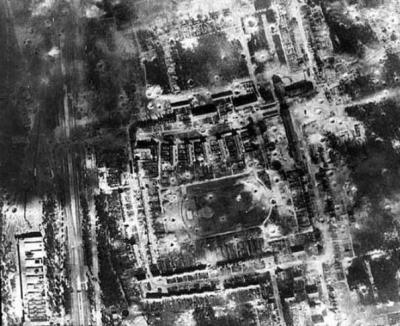
-
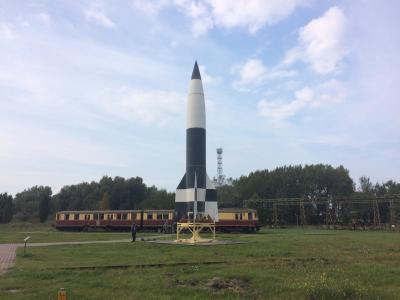
-
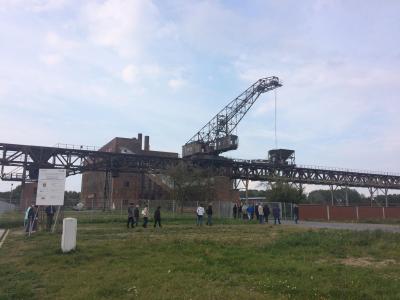
-
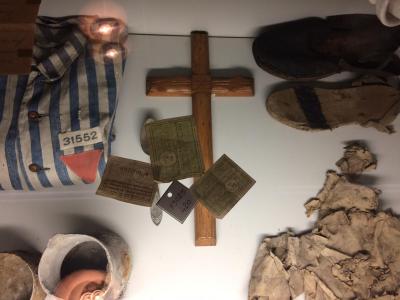
-
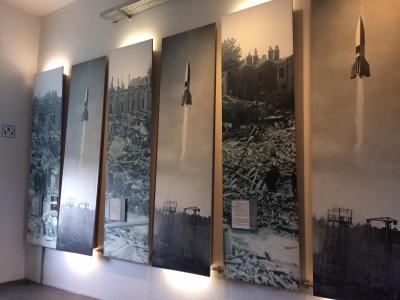
-
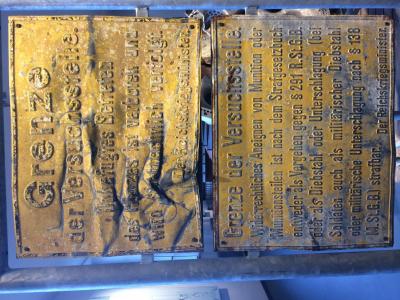
-
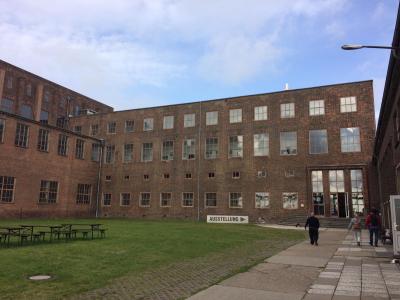
-

Peenemünde und die Polen - Hörspiel von "COSMO Radio po polsku" auf Deutsch

After the air raid on Peenemünde, the start of mass production of Hitler’s “miracle weapon” and its use had to be put back by several months. The rocket tests were put on hold until October 1943. The production of the rockets was relocated to an underground factory owned by the Mittelwerk company near Nordhausen in the Harz mountains. For testing purposes, a V2 launching pad was built on the site of the Heidelager SS troop training area in the village of Blizna, about 50 km to the east of Rzeszów. This meant that they were out of range of the British and US bombers.
The construction project in Blizna very quickly attracted the interest of the Polish AK agents. Initially, the Poles weren’t entirely sure what the Nazis were up to. The AK spies observed an increased level of activity among the soldiers. They also noticed new, additional security measures all around the troop training site. Within a short space of time, an increasing number of SS men were entering the area, and the site was surrounded by anti-aircraft guns. The agents also witnessed other strange developments. In the village, which had already been evacuated and burned to the ground, the forced labourers were given the task of building plywood models of houses, barns, and sheds. Dogs made of plaster were placed in front of the buildings, and dolls made to look like real villagers were also sighted. From afar, therefore, particularly from the air, the village looked as though it were inhabited. The aim was to prevent an attack from the air on the troop training ground close by. At the end of November 1943, the rocket tests were resumed, this time near Blizna.
It became very difficult for the AK agents to do their work. However, the officials working for the forestry office in Wola Osiecka proved extremely helpful when it came to obtaining information, as well as parts of destroyed rockets. As the Germans informed the Poles in specially produced handbills, taking possession of rocket parts was a crime punishable by death. All information that was gathered was immediately passed on to the AK leadership. The rocket parts went to Polish scientists, who secretly examined them.[9] Their findings were then forwarded to London.
It soon became cleare that the Poles had not succeeded in procuring enough parts to fully reconstruct the rocket. Meanwhile, the British, who were increasingly fearful of air attacks on their cities using the new Nazi weapons, were paying close attention to the machinations of the Germans. They issued an urgent request to the AK leadership to deliver a detailed technical description and a list of the individual rocket parts as quickly as possible.
Under pressure, the supreme commander of the AK, General Tadeusz Bór-Komorowski, agreed to procure a rocket by force while it was being transported by train. A stretch of forest between Tarnów and Brzesk was chosen as the site of the attack. The soldiers of the AK were to take out the crew of the German train and unload the rocket onto a special vehicle using a crane. The plan had already been thought through down to the tiniest detail when in May 1944 a message was received that caused the attack to be called off. In the village of Sarnaki on the Bug river, in the direction of which the rockets were fired in Blizna, an unexploded V2 rocket had been found.
[9] Volkhard Bode, Gerhard Kaiser: Raketenspuren. Peenemünde 1936-1996, Bechtermünz Verlag, Augsburg 1998, p. 80.

















































































